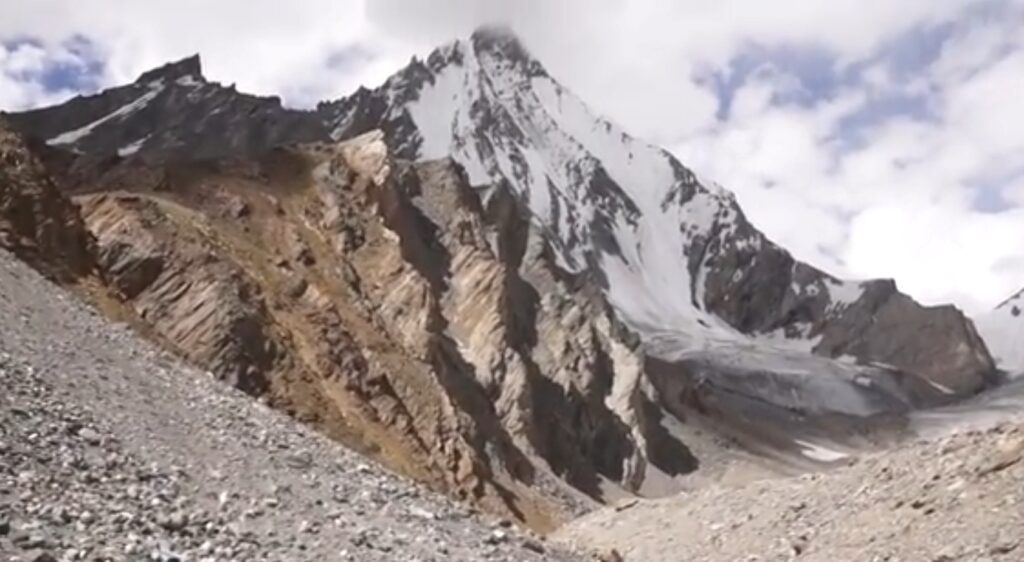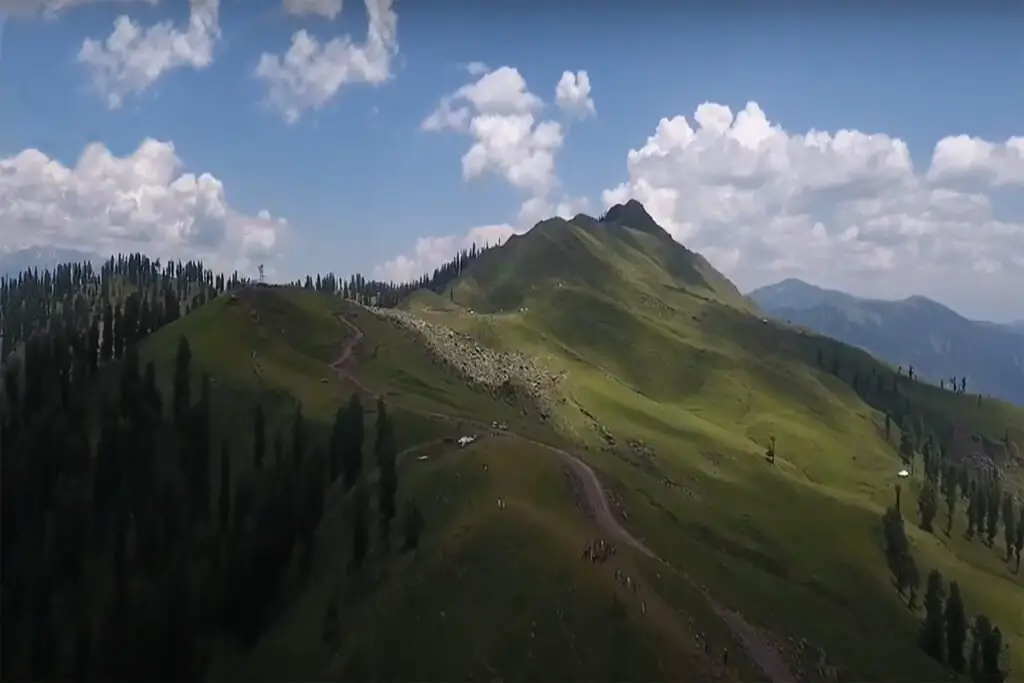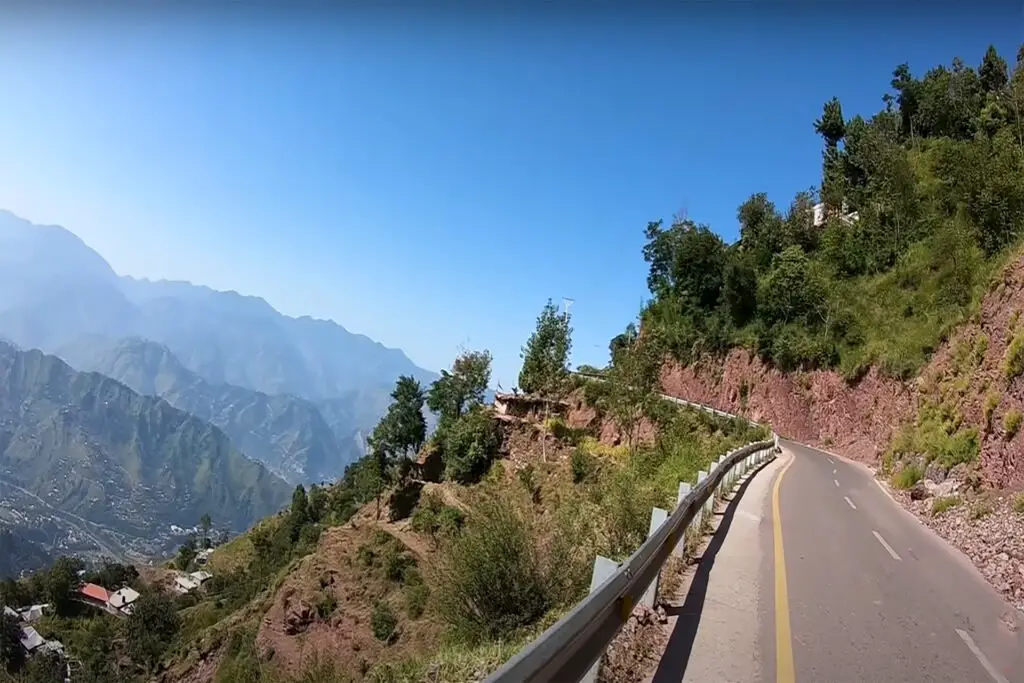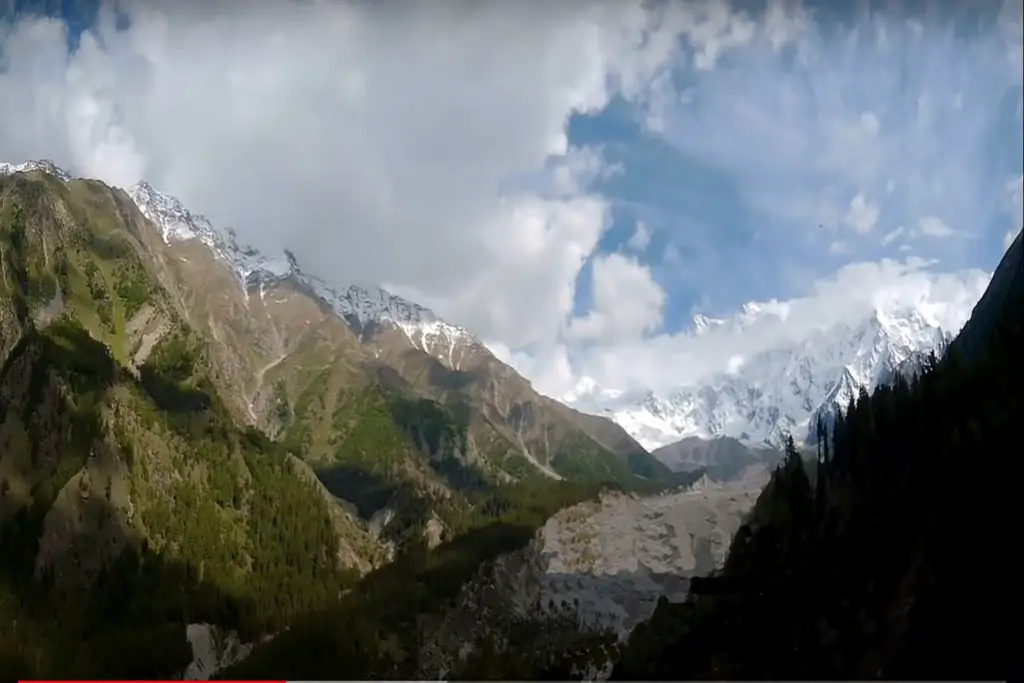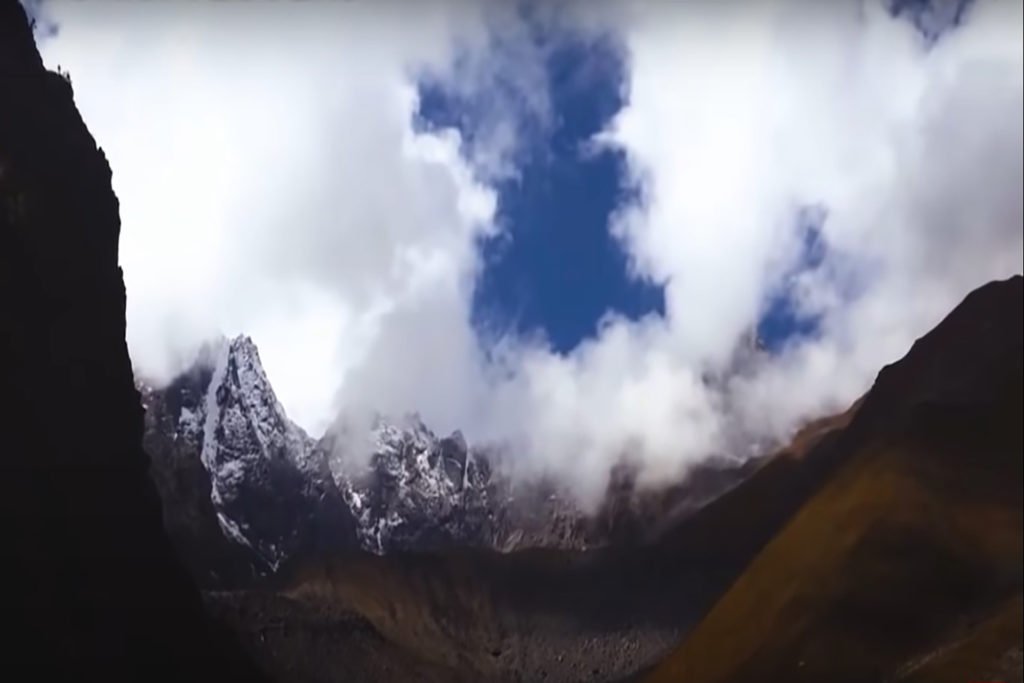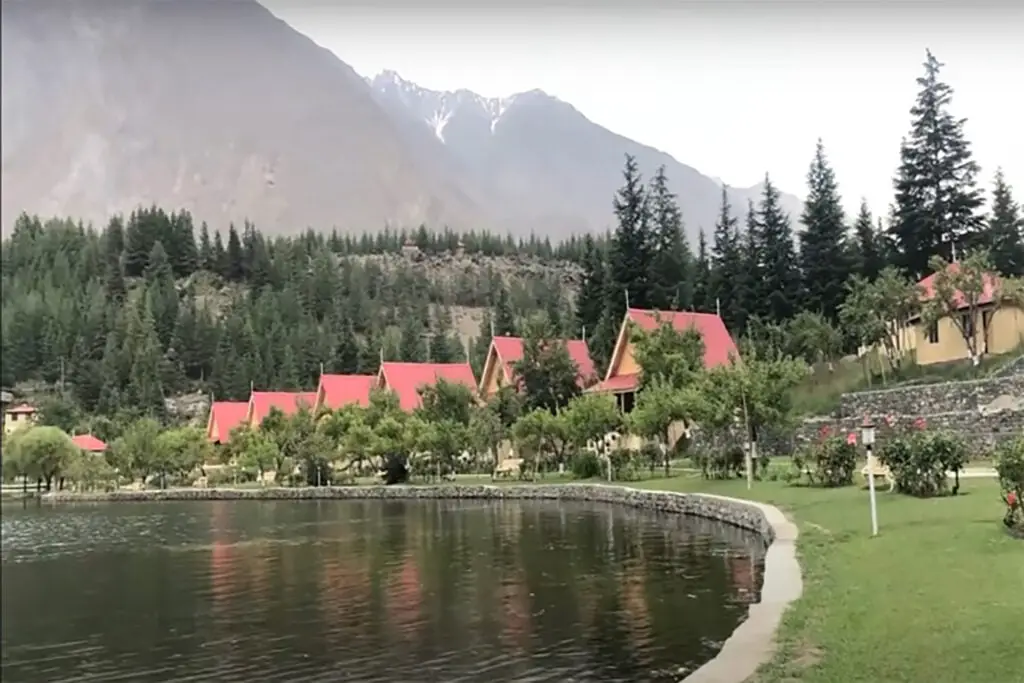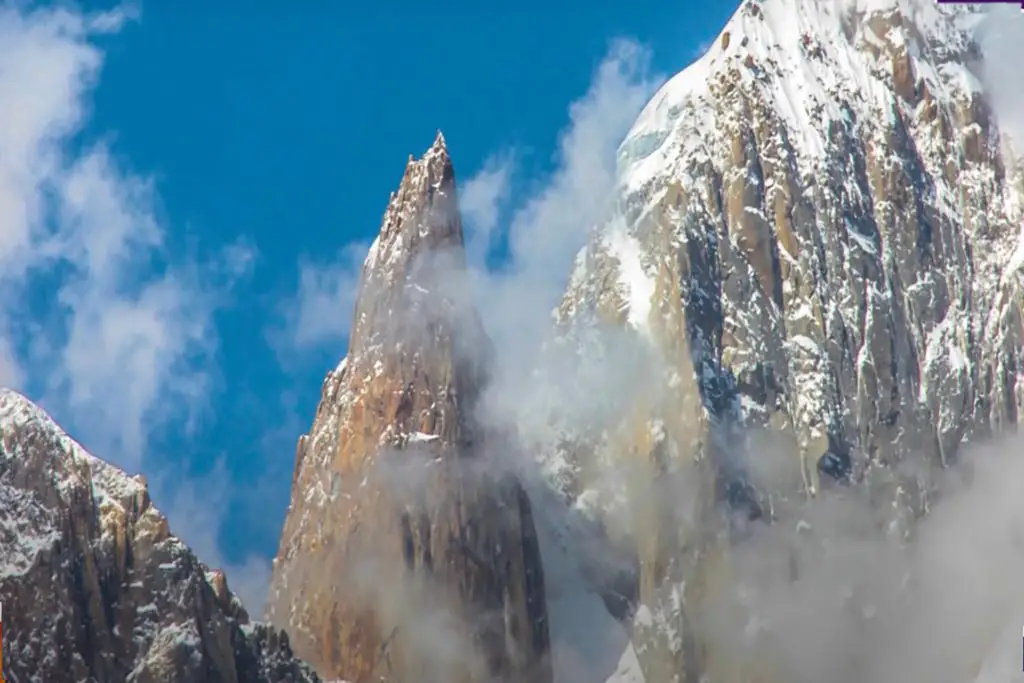Drifika peak, also known as Drefekal, is a stunning mountain peak located in the Karakoram range, far west of the Transhimalaya. With an elevation of 6,447 meters (21,152 feet) above sea level, Drifika peak is part of the Masherbrum Mountains and is situated near the Charakusa glacier in the Gilgit-Baltistan region.
Route to Drifika Peak
The mountain peak offers two viable routes to the summit, the north route through the Kharidas valley and the south route through the Nangma valley. The south route is the most popular for climbing due to its easy accessibility from the base camp.
Moreover, the region surrounding Drifika peak is also rich in history and culture. The area was once a part of the ancient Silk Road, which connected China with Europe and played a significant role in the exchange of goods, ideas, and culture between different civilizations. The region is home to several ancient archaeological sites, including rock carvings, inscriptions, and petroglyphs, which offer insights into the ancient civilizations that once thrived in the region.
Despite its challenges, climbing Drifika peak offers stunning views of the surrounding peaks and glaciers, making it a unique and rewarding experience for any adventurer. The climb also offers an opportunity to explore the natural beauty and cultural heritage of the region, which is home to several ethnic communities, including Baltis and Shinas.
A Challenging Climbing Peak
Drifika peak is considered a challenging climb, requiring advanced mountaineering skills and experience. The route to the summit involves steep and technical ice and rock climbing, as well as navigating through dangerous crevasses and icefalls. The climb also requires climbers to acclimatize to the high altitude, which can be physically and mentally demanding.
However, it is important to note that climbing Drifika peak requires caution and preparation due to the unpredictable weather conditions in the region. The Karakoram is known for its harsh weather, with frequent snowstorms, high winds, and extreme temperatures. It is recommended to seek the guidance of experienced and licensed guides, as well as to obtain the necessary permits and follow the local regulations.
Furthermore, it is crucial to practice responsible and sustainable tourism, which includes minimizing the impact on the environment and respecting the local communities and their culture. The region is home to several endangered species, including snow leopards, Himalayan ibexes, and Marco Polo sheep. It is important to respect the ecosystem and follow the leave-no-trace principle.
Impact of Climate Change
The impact of climate change is also evident in the region, with the melting of glaciers and changes in weather patterns affecting the fragile ecosystem and the livelihoods of the local communities. It is important to raise awareness about the importance of preserving the natural and cultural heritage of the region and to promote sustainable and responsible tourism that benefits both the environment and the local communities.
In conclusion, Drifika peak is a challenging and breathtaking mountain peak located in the Karakoram range, offering a unique opportunity to experience the natural beauty and cultural heritage of the region. Climbing Drifika peak requires advanced mountaineering skills, caution, and respect for the environment and local communities. With the right preparation and guidance, climbing Drifika peak can be a rewarding and life-changing experience for any adventurer, providing an opportunity to explore the natural beauty, cultural richness, and historical significance of the Karakoram region.

